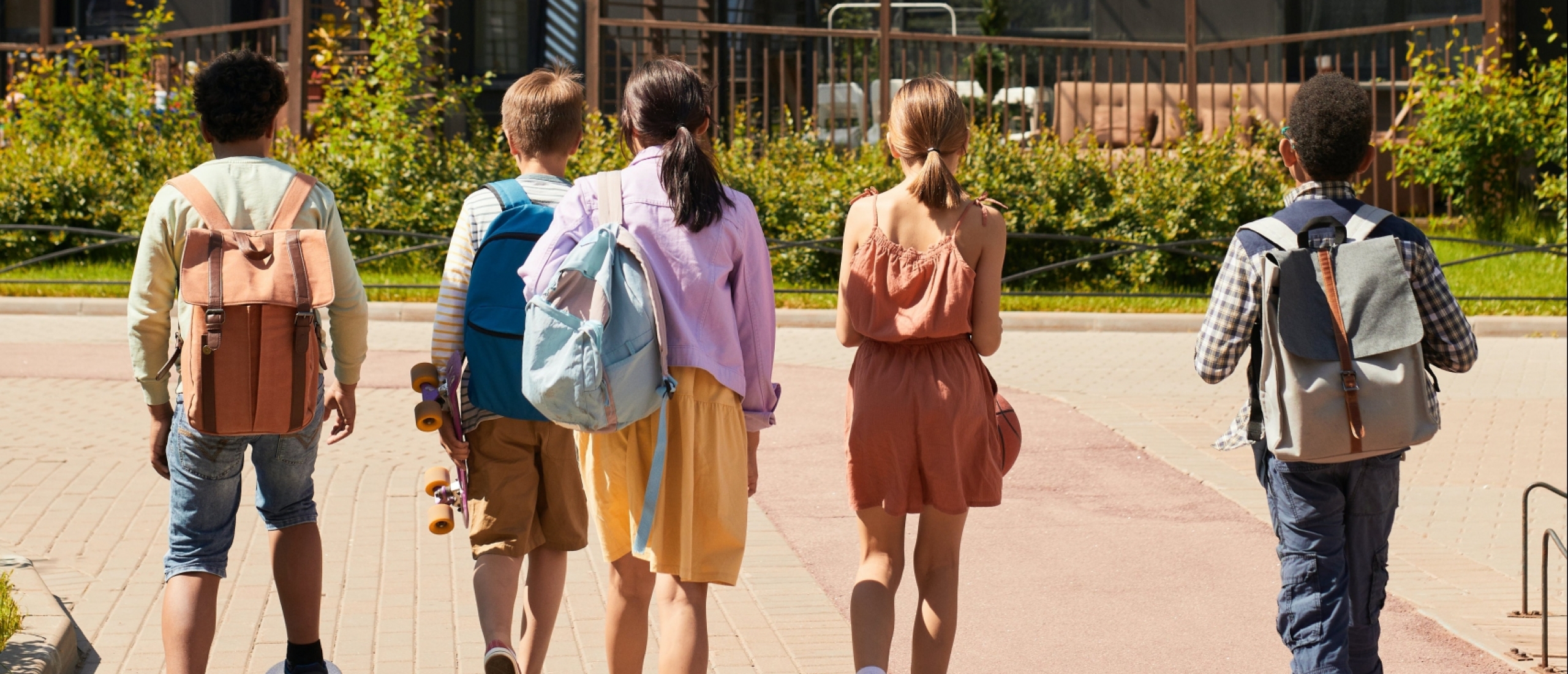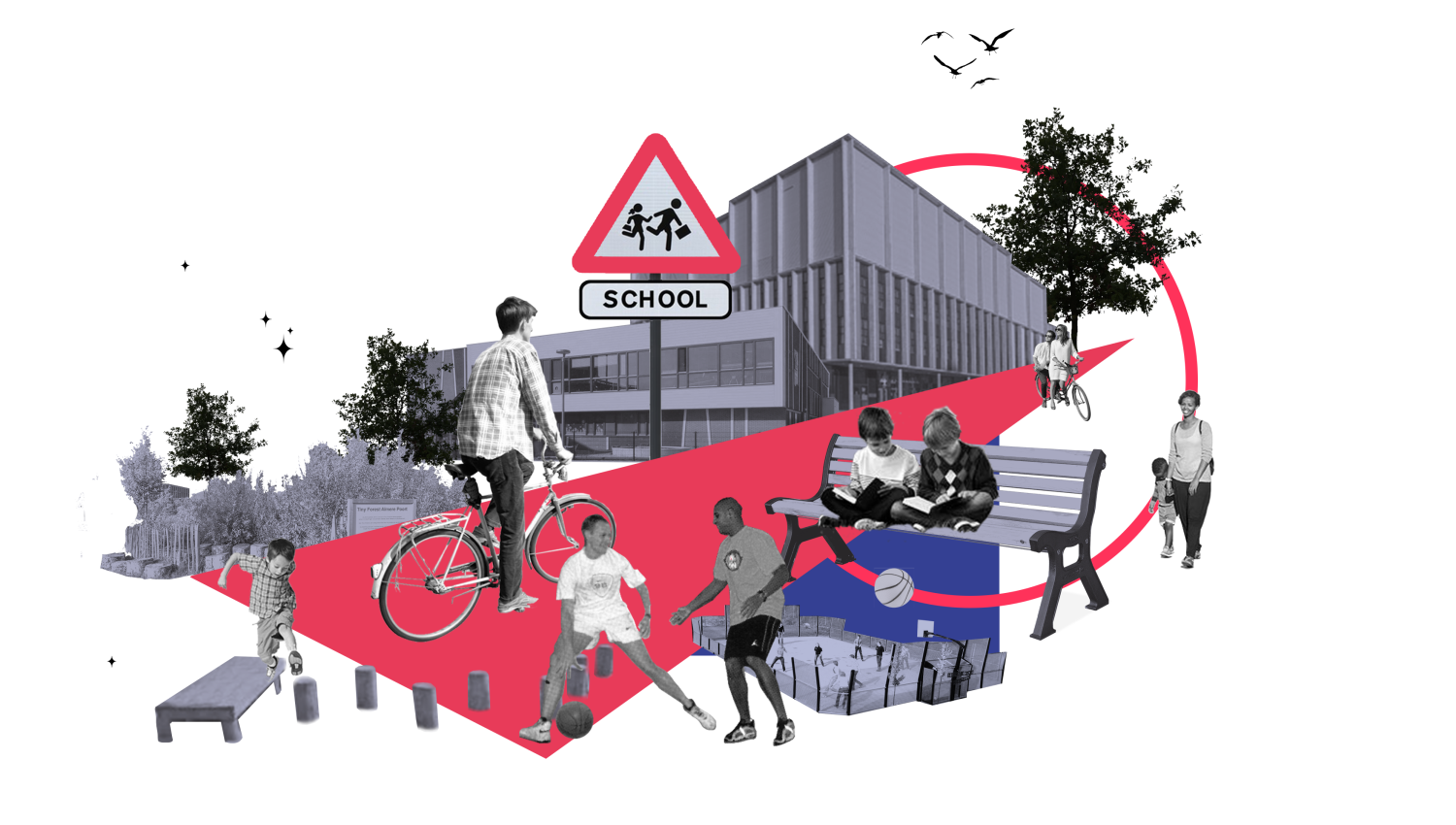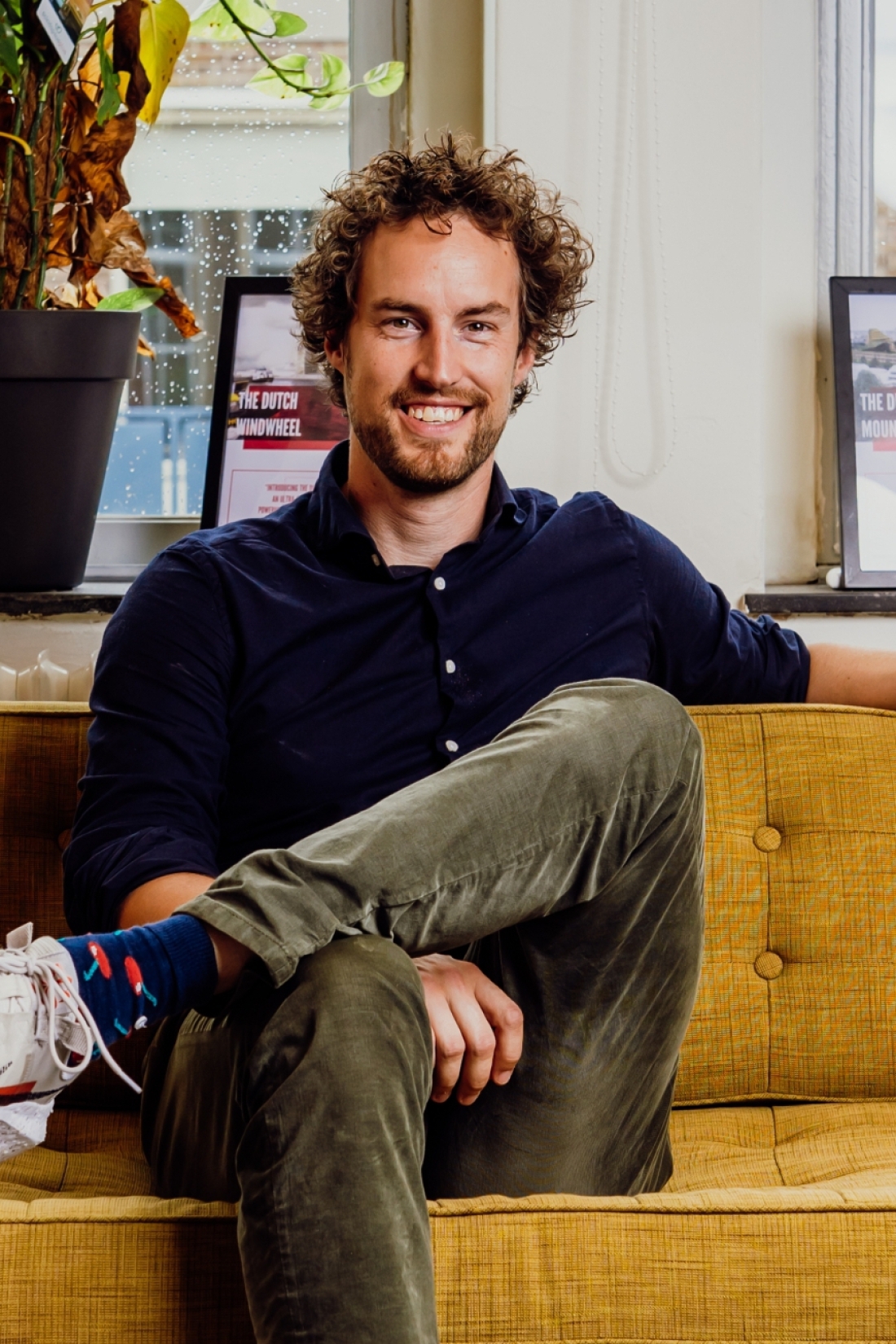
Sprint approach Education Housing
BLOC is working on future-proof education housing in Almere.
Read moreWe are helping the municipality of Almere and its stakeholders make a wider social impact with educational housing. Almere is going to build about 12 schools in the new Pampus district. This provides momentum to make these new schools future-proof. How can educational housing contribute to the city’s social tasks? We do this by setting up a smart process using a palette of spatial interventions. The same interventions are interesting for schools in Almere that are being renovated.

Education housing is key
Schools are the place where you come into contact with culture and sports, it is a place where parents interact and support and care is available. Schools are the place where the neighbourhood comes together for facilities or events, for example. Schools and their surroundings are therefore of great importance to child, parent, neighbourhood resident and education professional. Because the latter face major challenges – there are major shortages of teachers, for instance – so they deserve an excellent working environment.
Schools do not always succeed in providing these functions. Schools are often unhealthy and have little access to green space. So let’s design, build and maintain better schools so we can make an impact for all these groups. We do this by creating healthier and more sustainable buildings, for example, but also by making them better connected to the environment. To the neighbourhood, but also to greenery, social facilities and sports.
Not everyone is a parent, but everyone has been a child. How and where you get an education during that time determines your chances later in life. Therefore, those places should be wonderful.
Intervention palette and other smart process innovations
How do you achieve better buildings and learning environments? Together with our partners, we have developed the intervention palette for that. In short, it involves bridging social issues (the vertical Y-axis) and the spatial opportunities offered by education (the horizontal X-axis). By combining these, you arrive at interventions you can do. Suppose, for example, that you do renovate a schoolyard (a spatial opportunity), can you immediately activate it as a communal exercise area because there is policy for it (social task)? Then you have, say, a sports park as an intervention.
We deliberately collect these interventions during existing consultations and meetings (and not with separate sessions) to minimise the burden of the programme on people. With them, we collect input for the interventions, filter and prioritise them so that we can time them. The result is an intervention programme which can be targeted.
We create this intervention palette and programme by means of a so-called sprint programme. This means that we work on clearly defined issues and actions in short, focused phases (sprints). At the end of each sprint, we bring together revenues and discuss with everyone where we stand and what is important. This also gives us the opportunity to adjust or switch resources to bring resilience to the process.

What do we do as BLOC
Earlier, we built the whole programme framework so that we could work in a focused way with the different stakeholders. We use our creative competences to spatially translate the interventions retrieved and ensure a process that people can participate in effectively, equally and joyfully.
At BLOC, we have a passion for smart, creative processes to create social value. That is why we are so excited about this project. Can we also help you with a suitable solution to bridge the gap between the spatial world and policy fields? Or become more effective in the field of educational housing? Send Ruben a message!
Call or email Ruben:

Ruben Lentz
- ruben@bloc.nl
- +31 6 55177628
